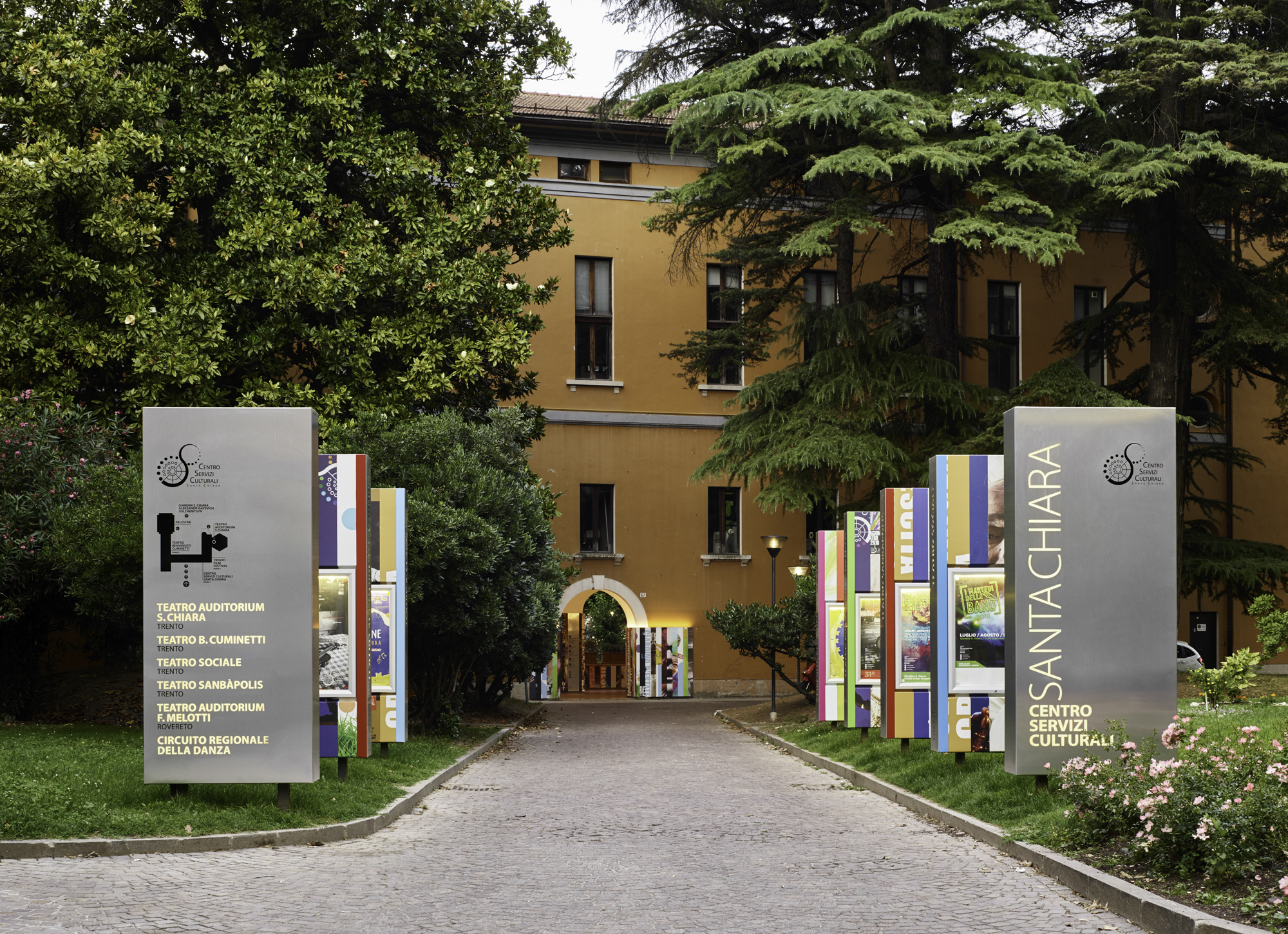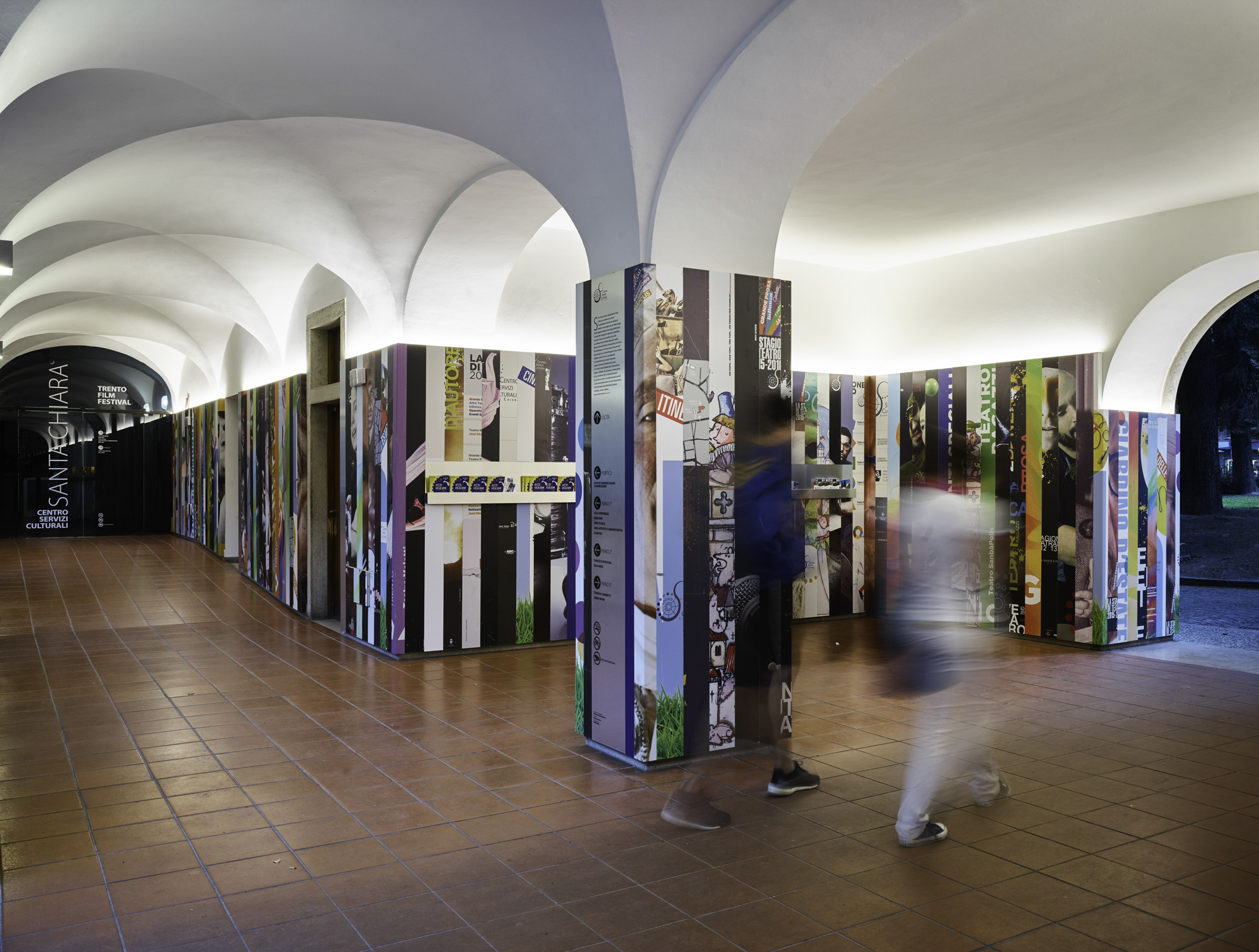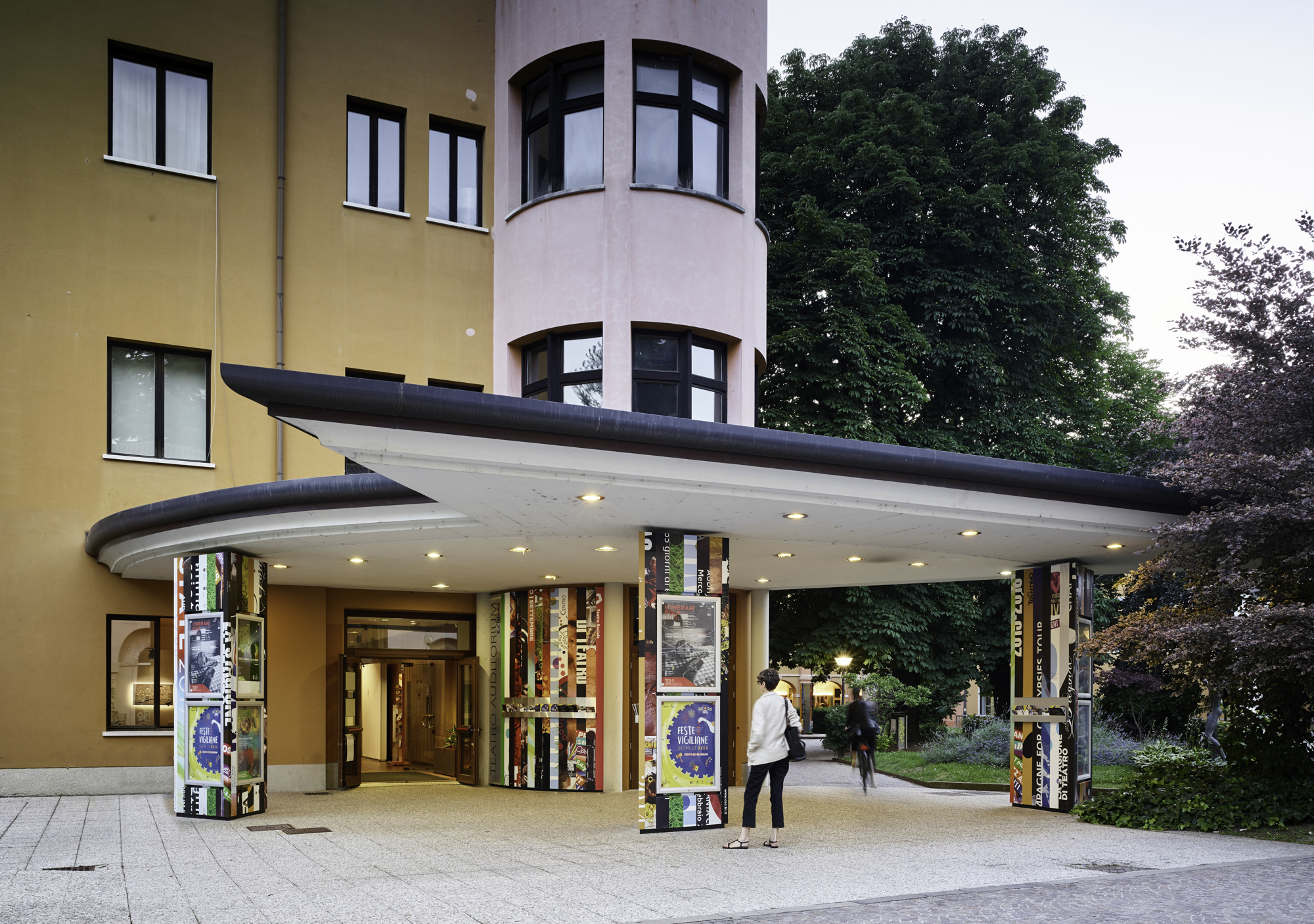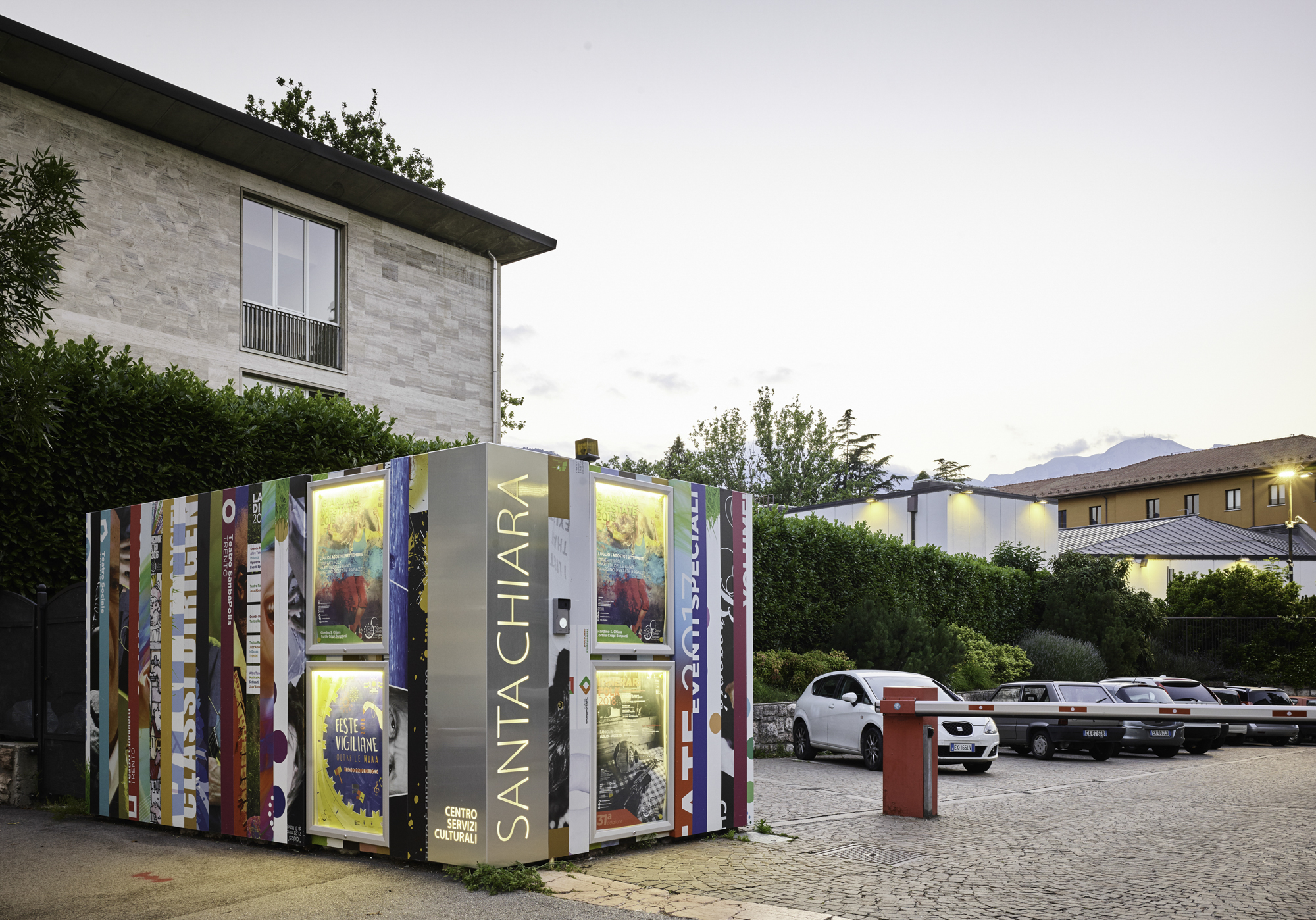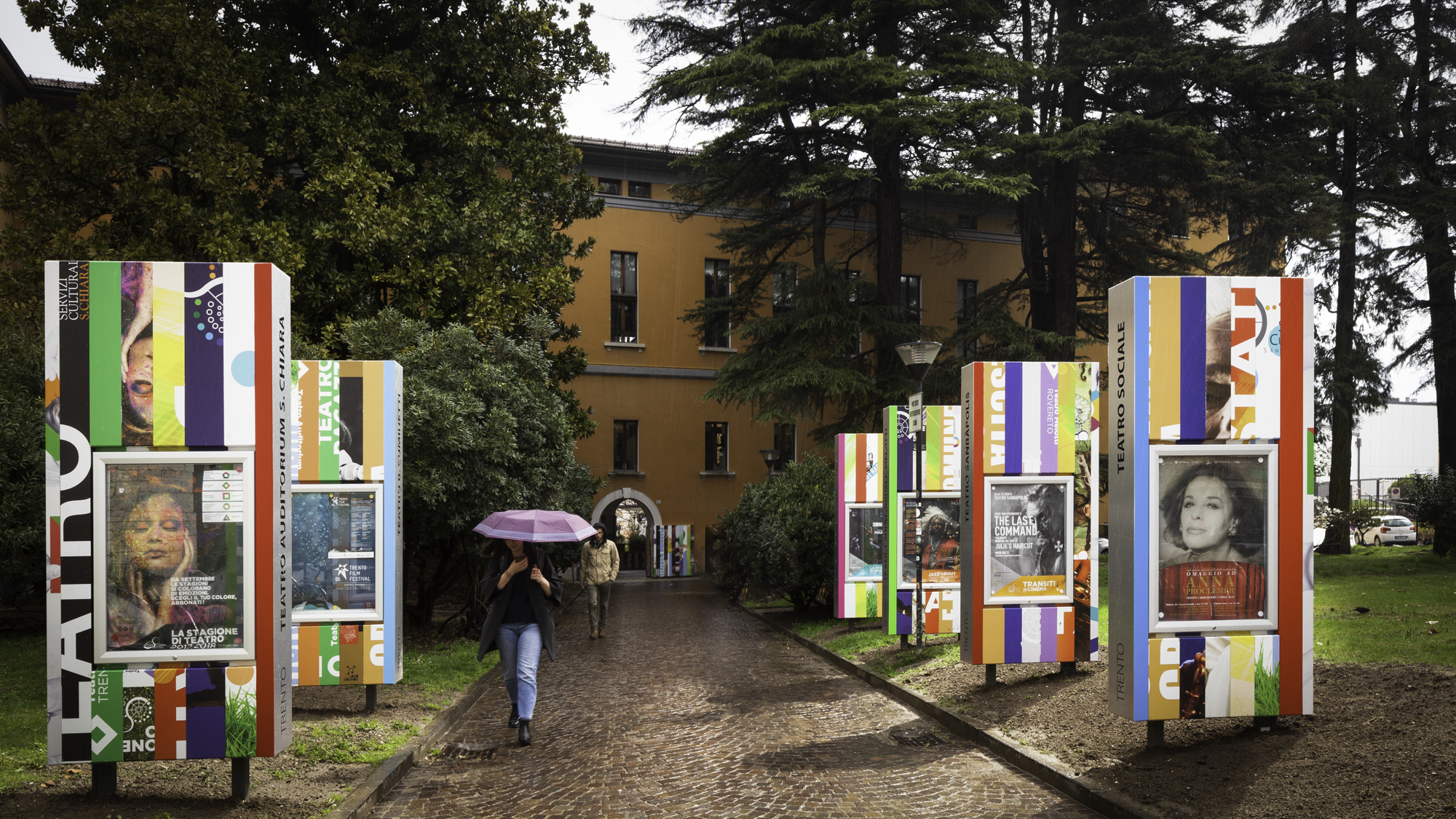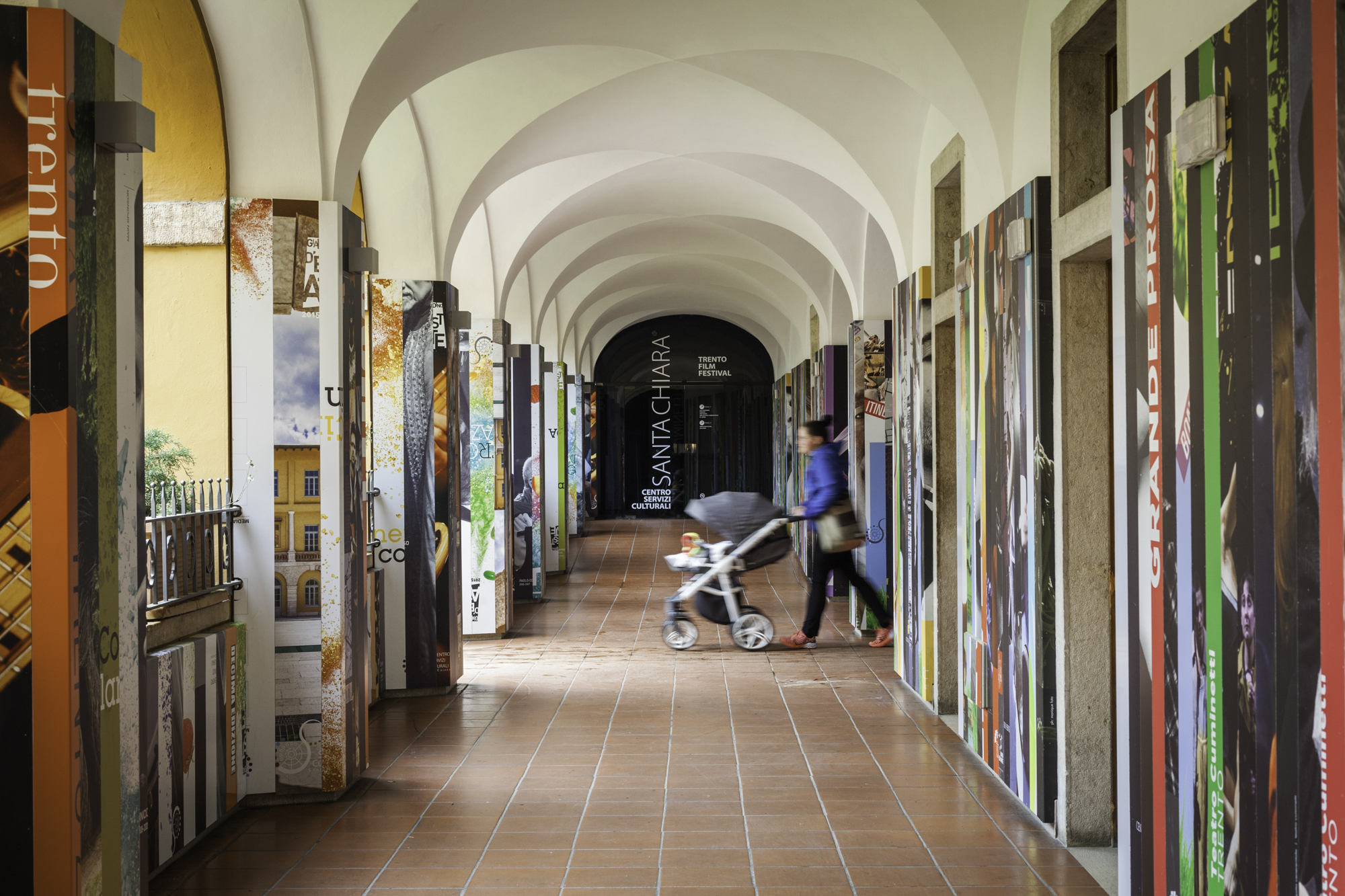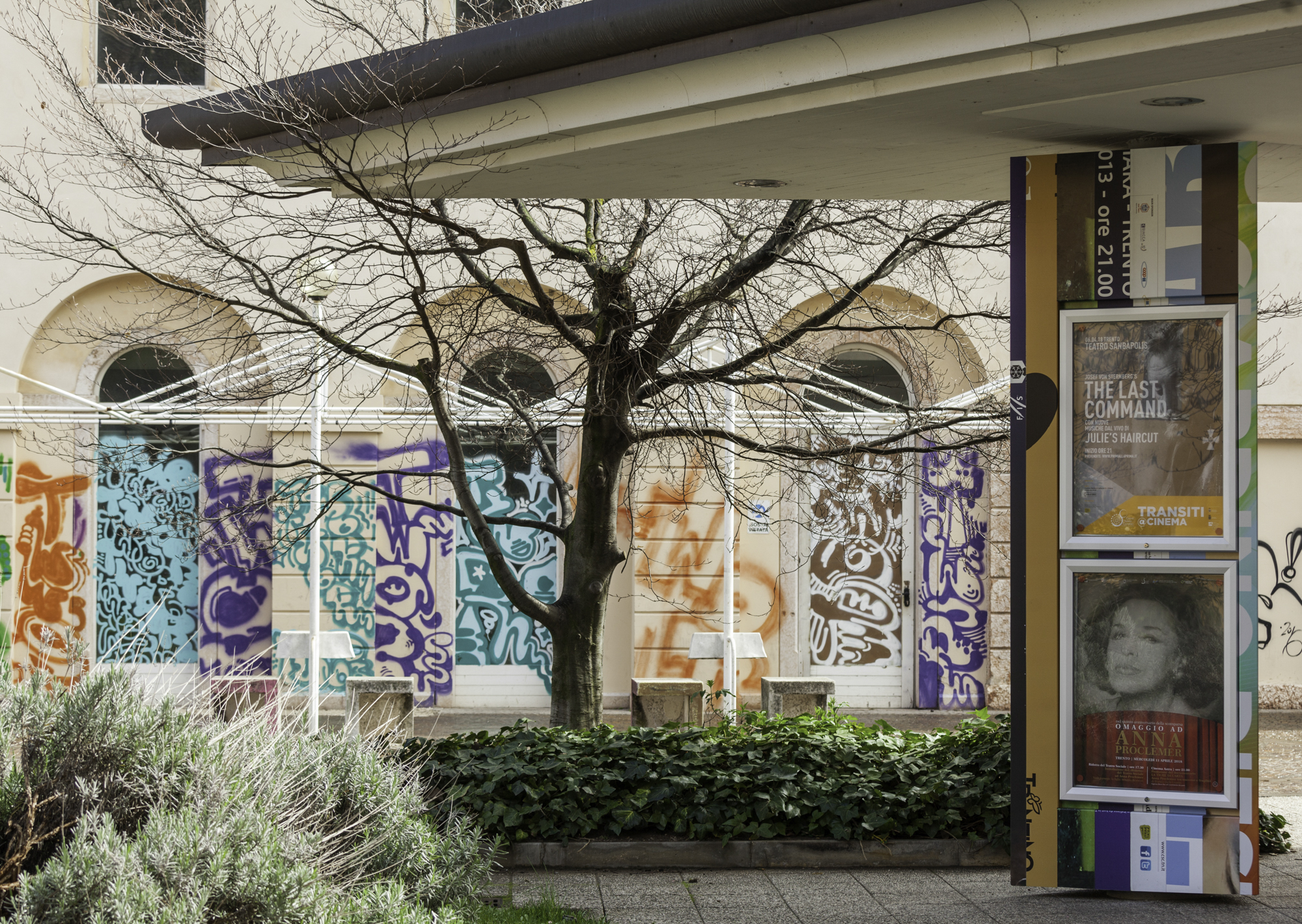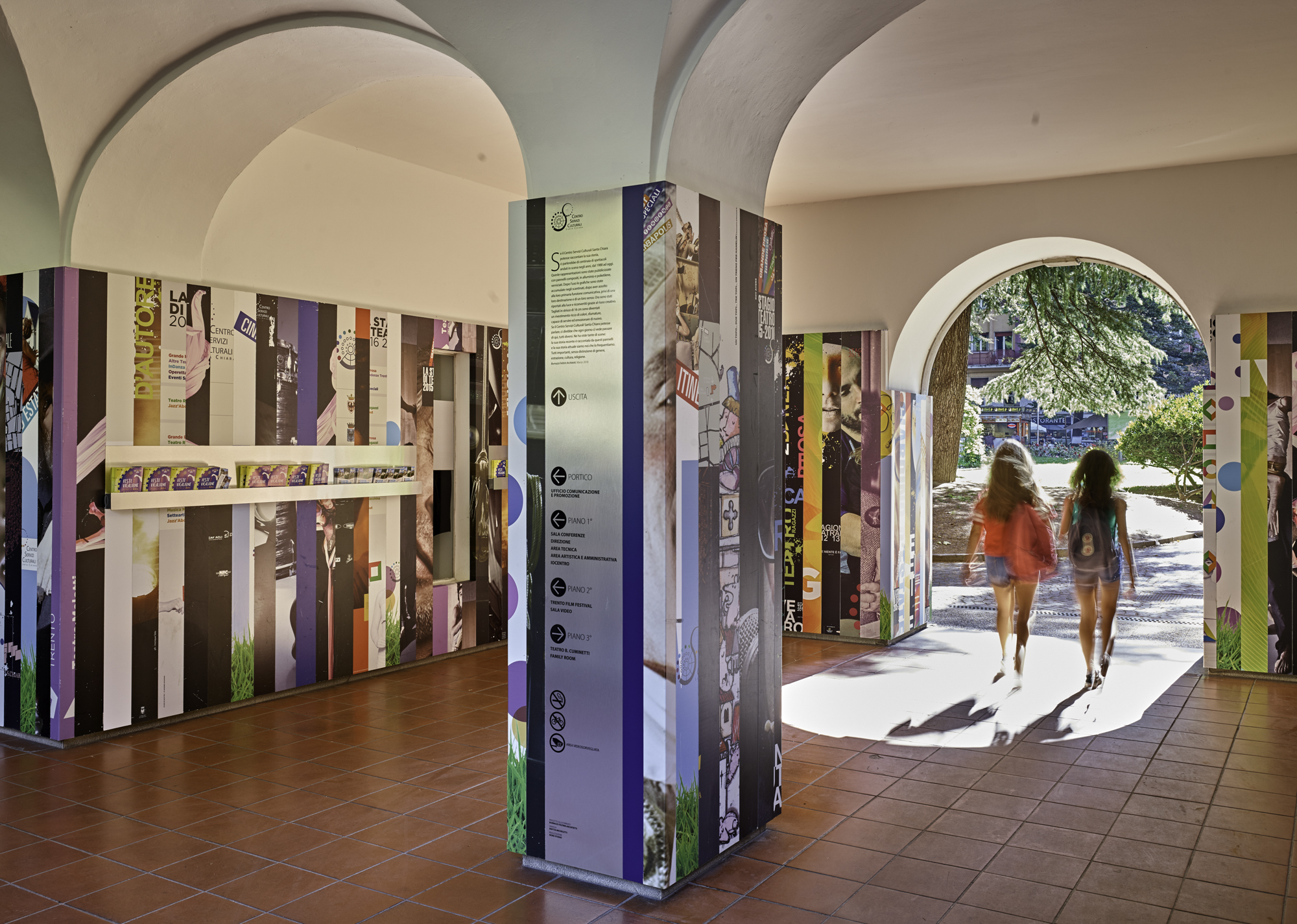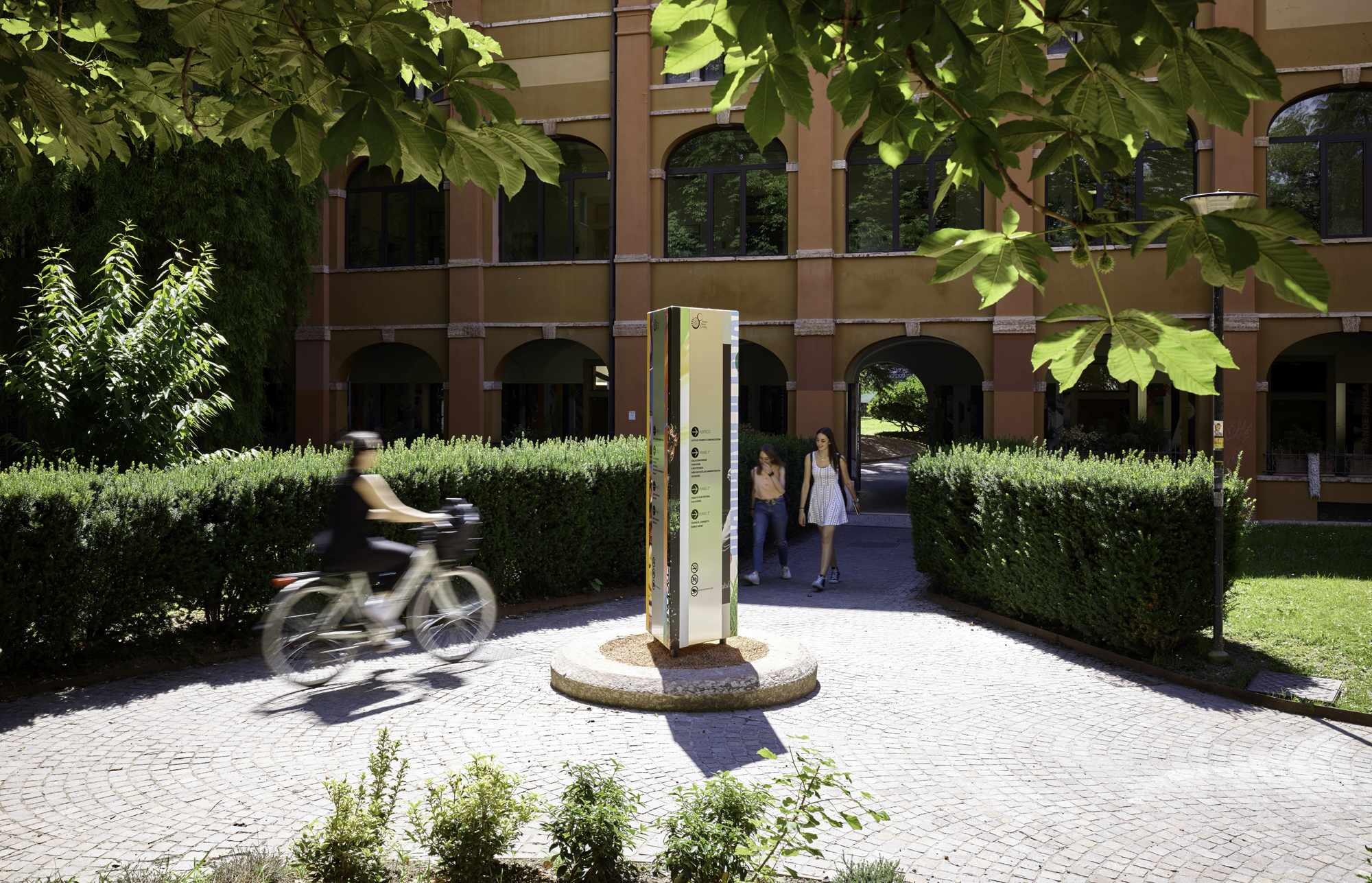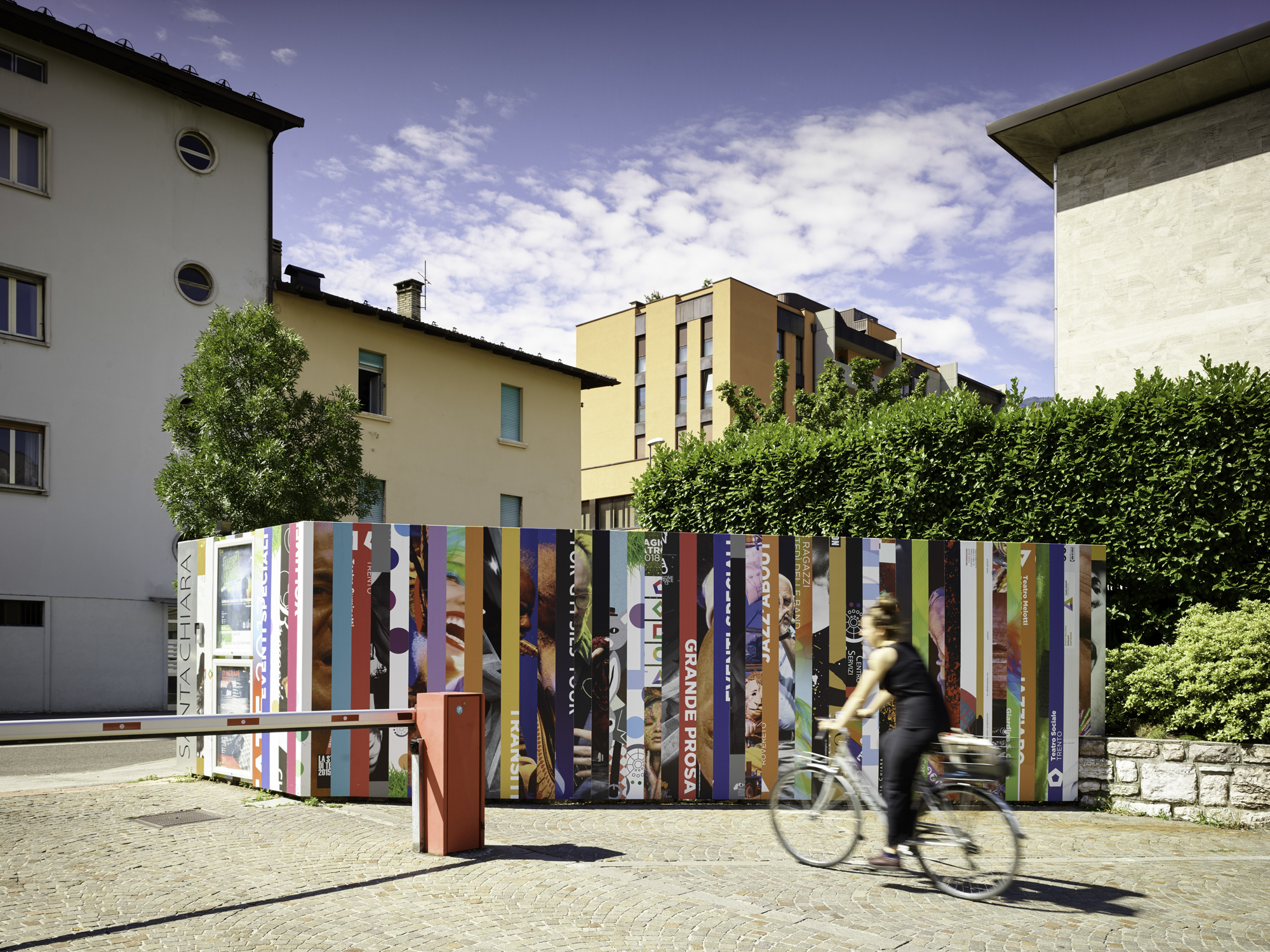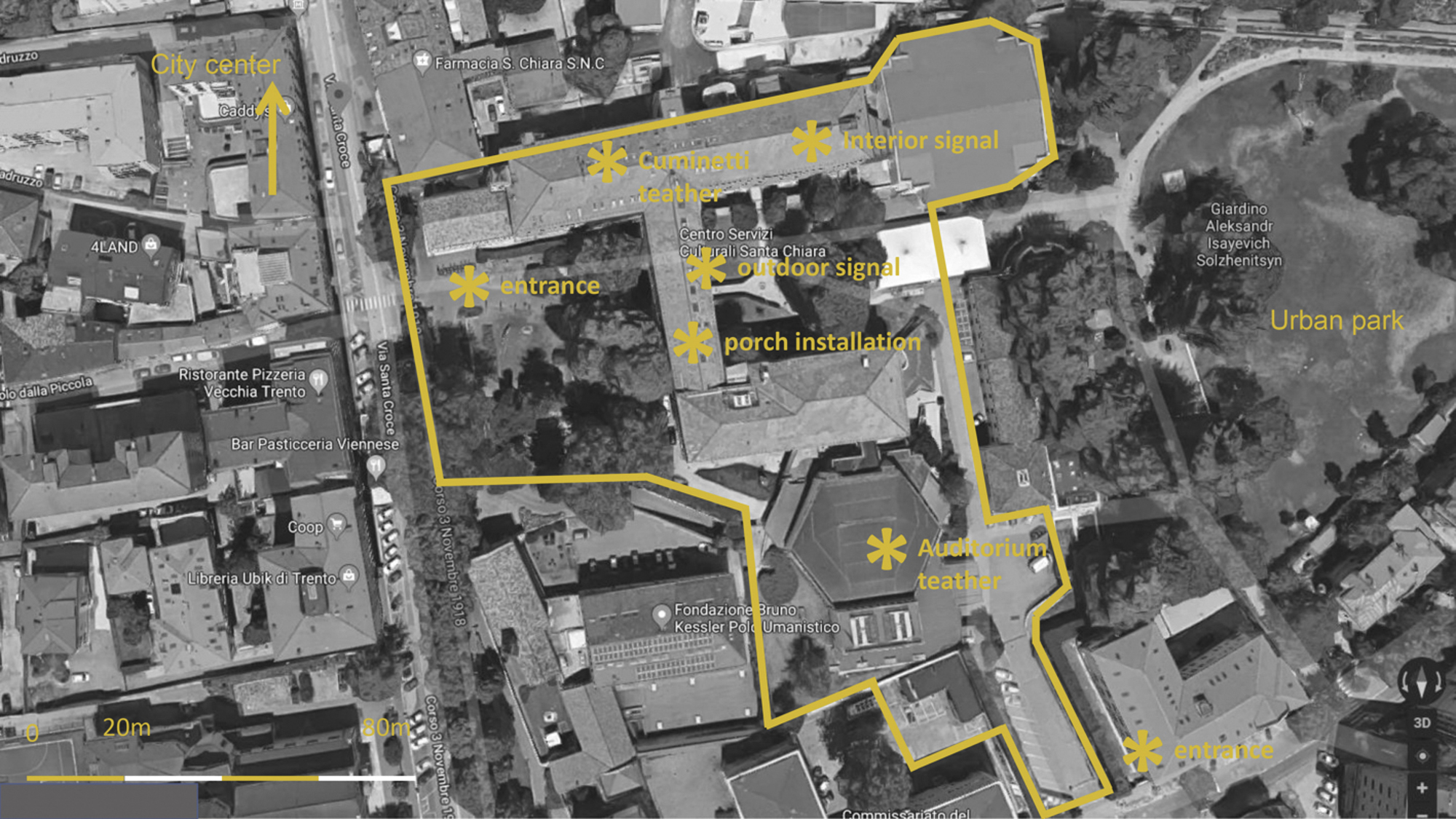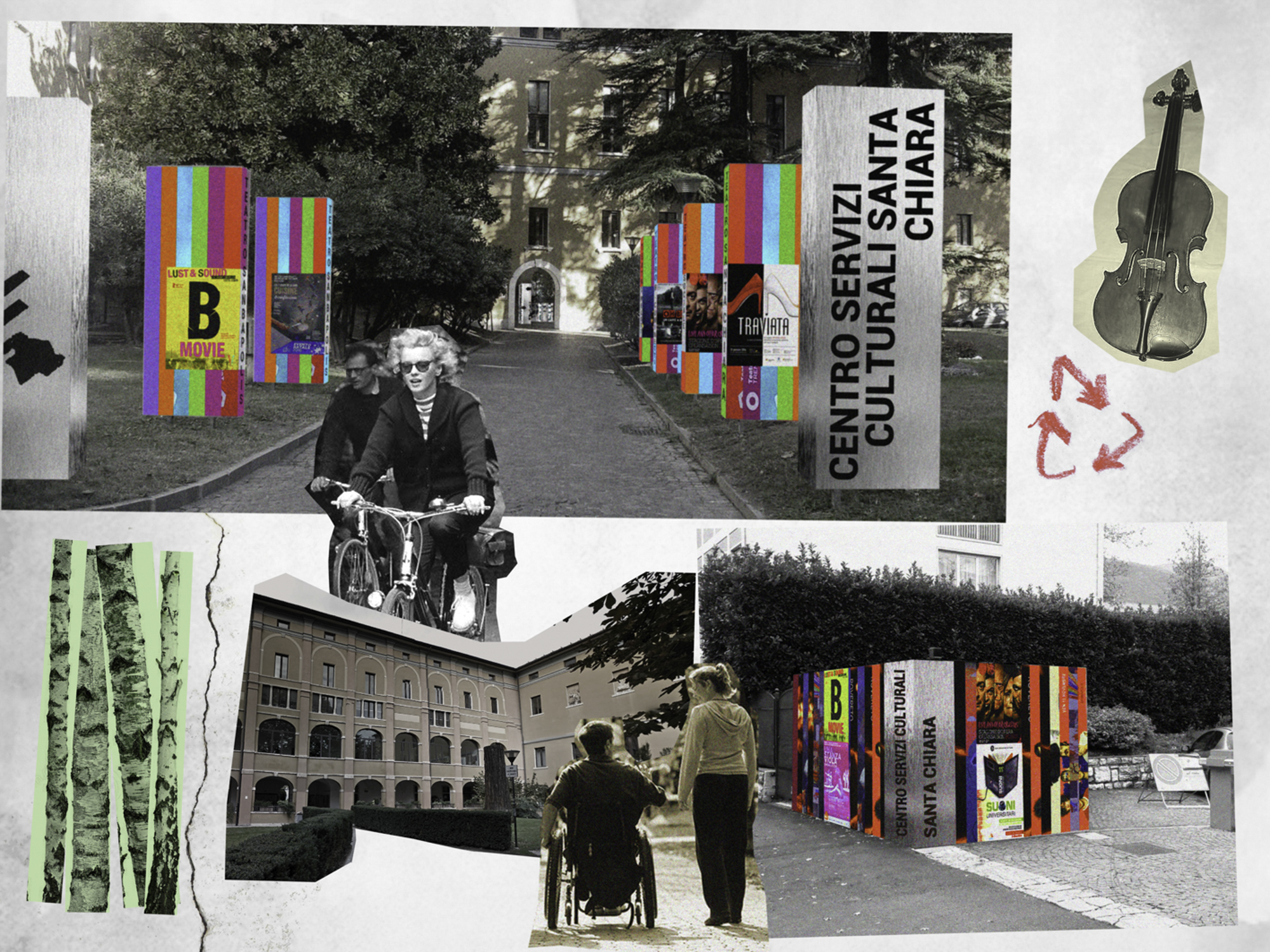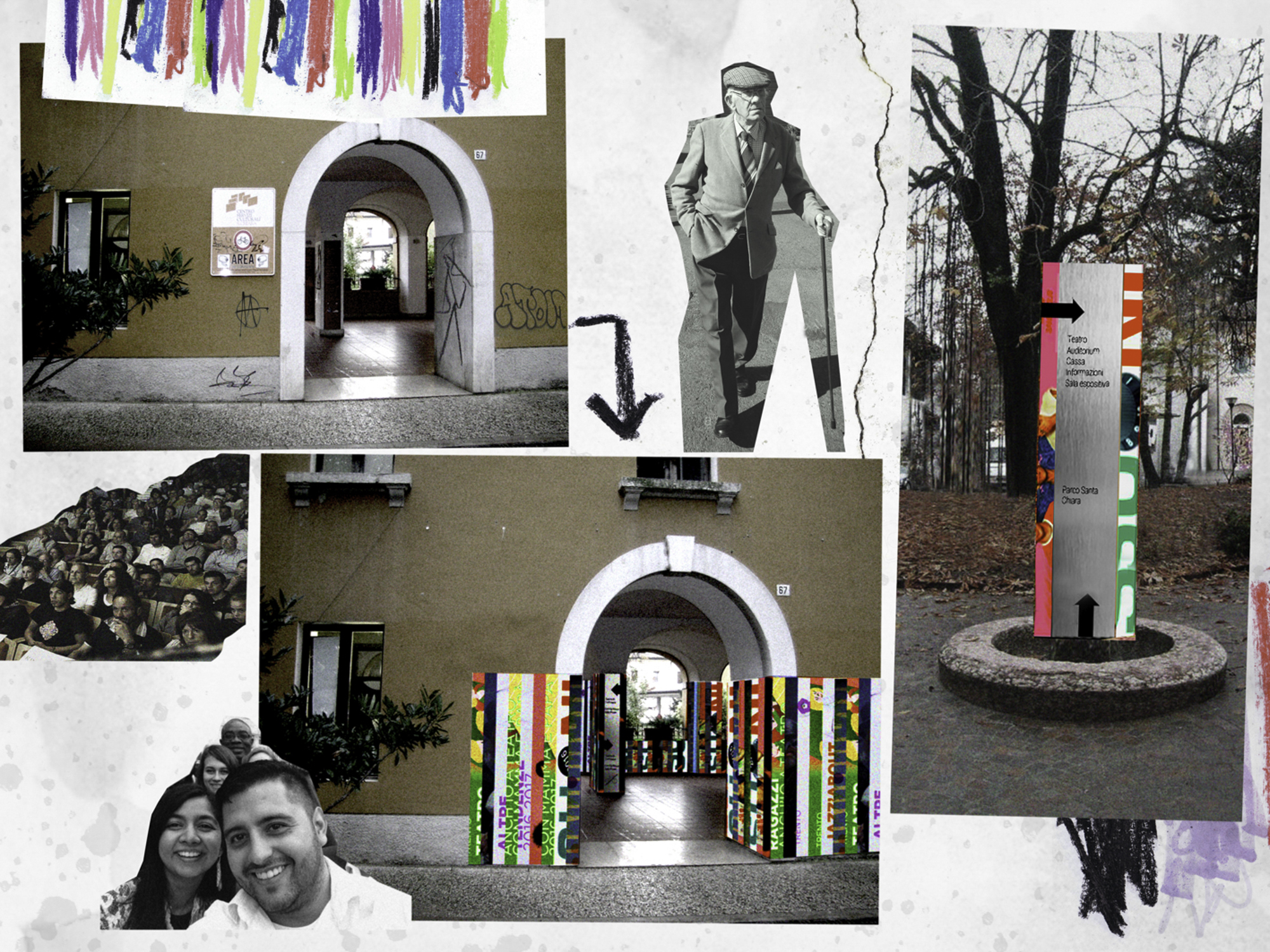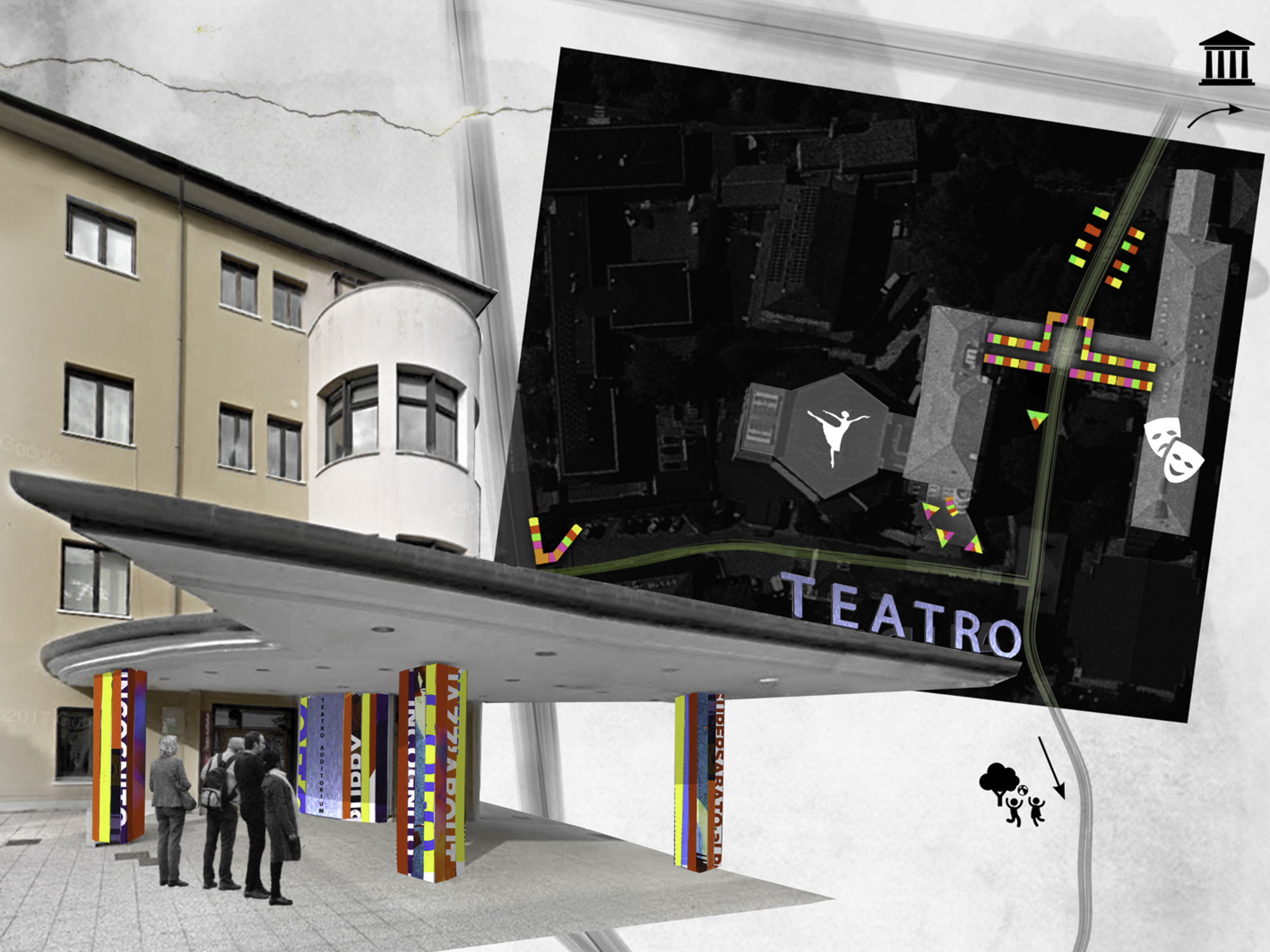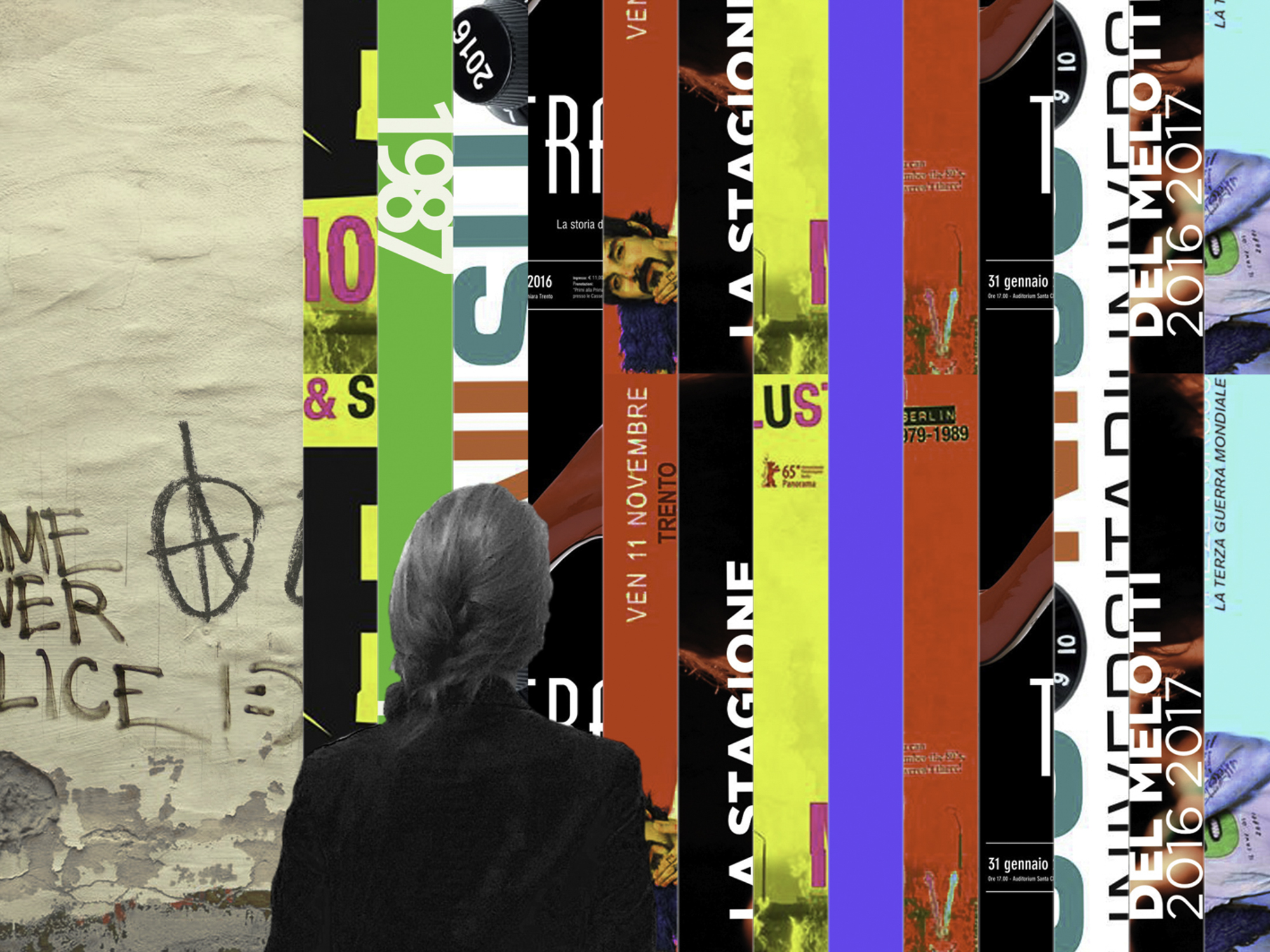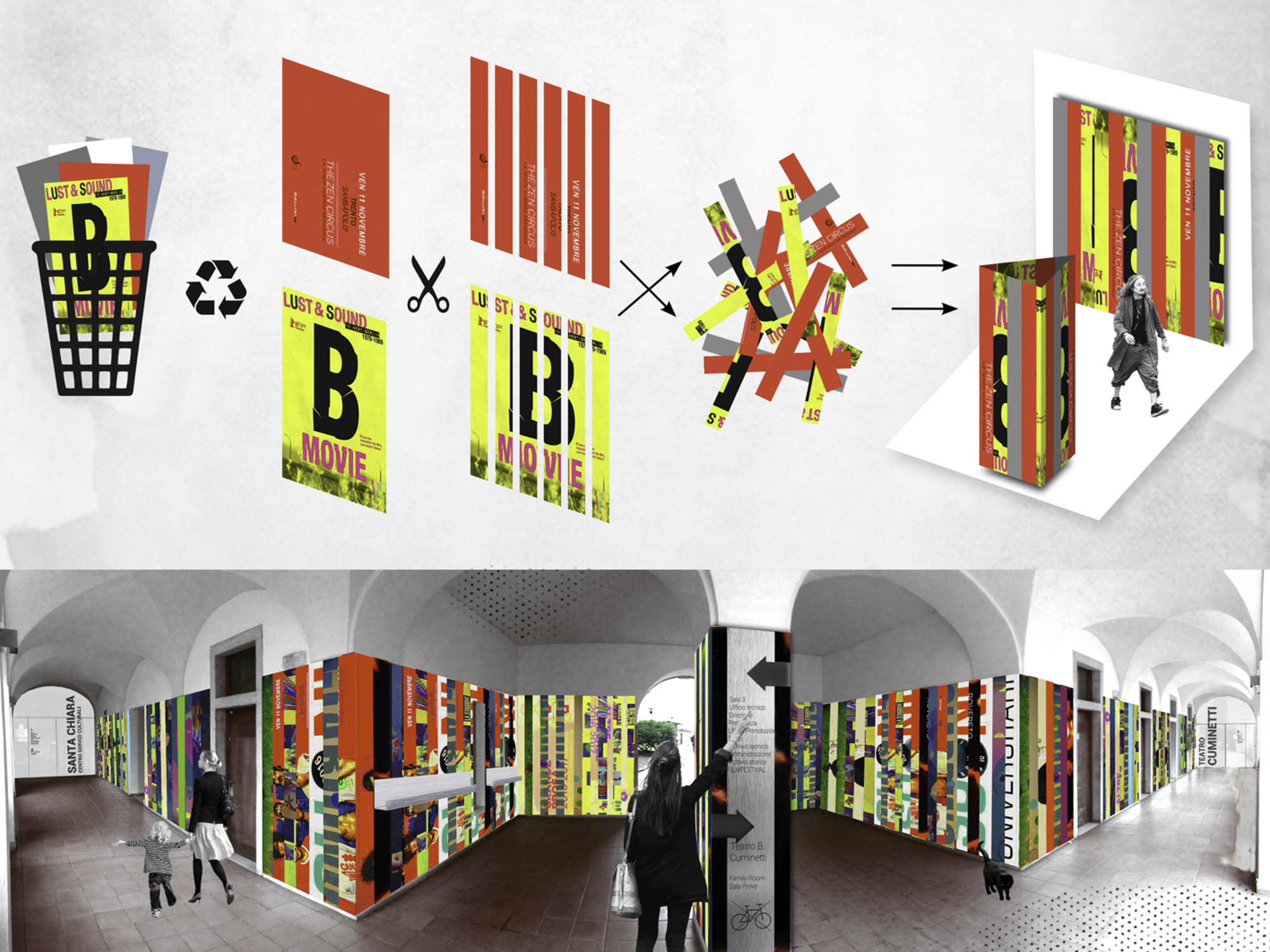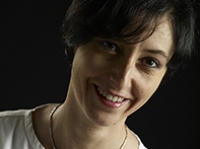
Elisa Burnazzi
- Site : www.burnazzi-feltrin.it
- Adresse : via Gocciadoro 160 38123 Trento
Elisa Burnazzi graduated from IUAV in 2001. She accomplished her training in prestigious firms, such as the Land Studio, Milano (architect Andreas Kipar).
In 2003 Elisa Burnazzi, together with Davide Feltrin, founded the practice Burnazzi Feltrin Architects. The studio believe that quality is an indispensable element in every phases from design to construction, both for urban planning as well as architecture. They see quality as a public value, capable of preserving and enhancing beauty when it is already there, or add it when it is missing. Only by having this value in minds one can respects history and landscape and also improve the living conditions of the citizens.
Extreme attention is payed to environmental, social and economic sustainability. For more than twenty years they have been focuses on upcycling (cretive reuse) for installations and to design energy-saving buildings.
In 2016 Elisa was shortlisted, the only Italian, for the international award “The Moira Gemmill Prize for Emerging Architecture” organized by The Architectural Review. In the same year the website Archdaily listed her among the 15 women architects who have designed exceptional projects all over the world. In the last few years she has been invited as a lecturer to several conferences, talks and seminars, such as the 57°10 Lecture Series at the Scott Sutherland School of Architecture and Built Environment in Aberdeen and Space&Interiors, an event curated by Stefano Boeri Architects, part of the FuoriSalone 2018 in Milan.
In 2018 she was featured in the ebook Architette=Women Architects, Here we are!, a collection of 365 profiles of women architects from all around the world.
Since 2016 she has been invited to join the jury panel of national and internationals awards such as The American Architecture Prize. From 2015 to 2019 she has been a councillor, the person in charge of the Competition commission and a member of the Equal Right panel, for Ordine degli Architetti PPC della Provincia di Trento.
In 2022 her work "Centro Santa Chiara installation and signage" won the AIDIA Award for projects that are innovative, courageous, creative and able to improve the quality of life of the community in which they are built. Since that year she's been part of AIDIA (Italian Association of women engineers and architects).
|
Centro Santa Chiara installation and signage
The Centro Servizi Culturali Santa Chiara, property of Trento Municipality (Italy), is located in the city center, in a medieval former convent, partially protected by the cultural heritage committee.
The Centro and the urban park, link different parts of the city and attract people of all ages and different cultures.
Part of the complex, abandoned for ages, was in a severe state of disrepair. Both designers and client believed that the culture, represented by the Centro, can fight the decay. This belief inspired the concept idea of the re-design.
The artistic installation and the signage re-use the old Dibond billboards, advertising the past shows. Panels have been recovered, cut into stripes of 16 cm width and lastly put back together in an apparently random way, on a wood batten support frame. The stripes are multicolour and the signage is made of brushed aluminium sheets. With the upcycling, more than 200 panels have been reused. The panels have been divided between in warm, cold and neutral colours.
The new functional elements for the visitors are: new advertising panels, totems with information and direction signs, wall claddings with shelves for the display of flyers. This work aims to have functional, aesthetic and emotional quality and focuses on the great social responsibility of the urban furniture work.
RE-USE is seen both as a way to improve urban quality of life, the installation speaks to the mind and the heart, it wants to touch people's feelings and as a new aesthetic, the importance of removing disparities and give a second chance.
The dibond material, reassembled in an apparently random way, tell us that no one is perfect and society is enriched by diversity.
The writers' ethic says that it's not right to overwrite a graffiti. The installation's multicolour surfaces are not fitted for writings or vandalism.
|


